Tongue cleaning
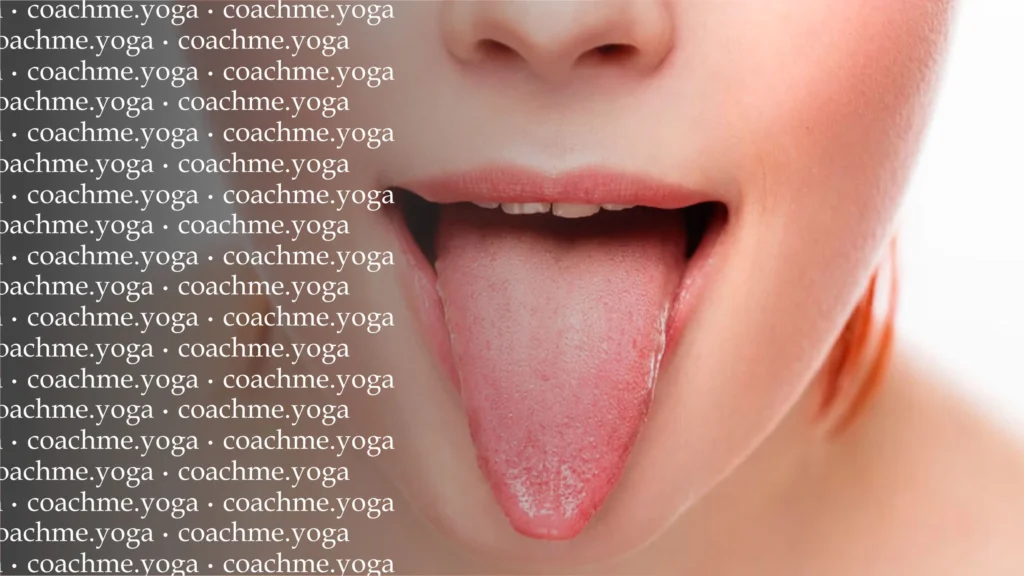
Studying Eastern culture, as well as its science of healing – Ayurveda, and the system of techniques of evolution of consciousness – Yoga, we realize how much attention the East pays to the purity and integrity of the internal environment of a person. It is rightly considered here that the external is just a reflection of the internal. Metaphorically speaking, if an apple is healthy and wholesome on the inside, it will look beautiful on the outside, but if it is rotten on the inside, its skin probably will have an unsightly appearance. Unfortunately, modern agricultural methods can prove the opposite, offering us perfect waxy fruit with a dubious filling – another indicator of Western people’s priorities. By the way, we often see the same thing in the modern beauty industry, when all efforts are aimed at organizing external beauty, while the internal environment of a person can literally degrade. And we already know how it ends up – oncology, complications from influenza viral infections and other pathologies caused by the rotten environment of the body.
However, in yogic practice, for example, there are many useful cleansing techniques that are quite easy to incorporate into your daily life. Today we are going to consider one of such elementary procedures. It will be about tongue cleansing, which in yoga belongs to the system of cleansing practices (Shatkarm), of the “Dhauti” category.

“Now I will tell you how the tongue is purified. Extending the tongue to its full length protects against disease, old age, and death.” (1.29.). Gheranda samhita
It may seem like a small thing, but in fact, this small thing can help us significantly keep the body clean and healthy. So, why should we do it and what is the “salt” in it? First of all, it is important to know that physiologically the tongue is arranged in such a way that its surface has a rough structure. This roughness occurs due to the so-called papillae, which cover the entire upper part of the tongue – they help us feel the taste of food. Between the papillae there are voids and in these voids are stuck food debris, which serve as an ideal breeding ground for bacteria, including pathogens. Pathogenic bacteria can cause inflammation of these papillae, which leads to their enlargement, and accordingly, and increase the space between them. So this vicious circle only gets wider, because more space – more food residue – more bacteria – more problems. As a result, our oral cavity turns into… a storage place for garbage, to put it mildly. Even brushing our teeth in the evening, we do not achieve the desired cleaning effect, because very fast the plaque from the tongue is back on the teeth. What can this threaten us? Firstly, the development of all kinds of diseases of teeth and gums, including tooth decay. Secondly, bad breath. Therefore, after brushing your teeth in the evening, it would be wise to clean your tongue.
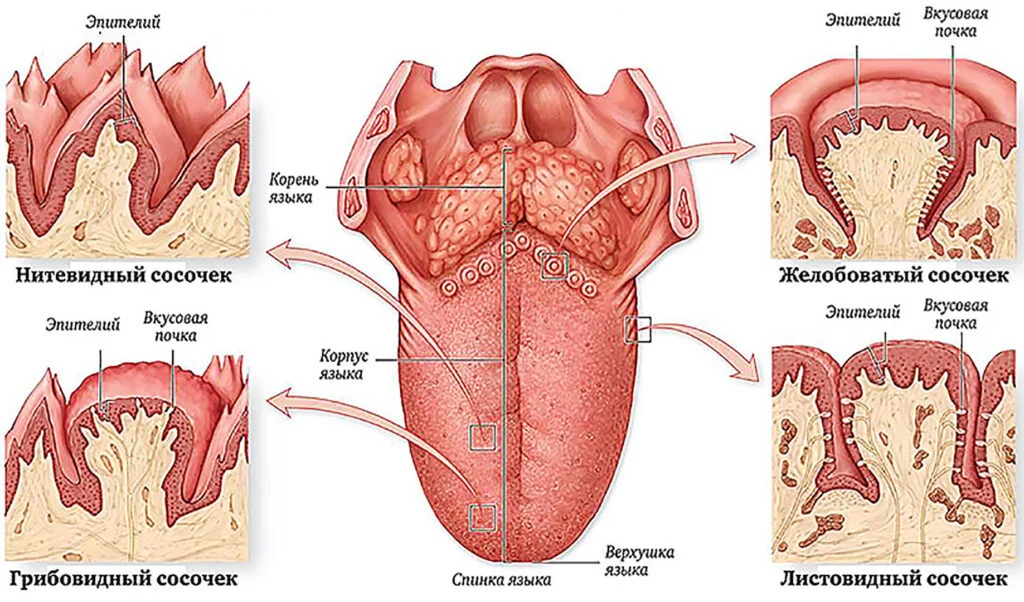
Well, it is clear where the plaque comes from during the day, but if you look at your tongue in the morning, you will find that it is covered with something again. Where does this plaque come from at night, if we have eaten absolutely nothing? The fact is that in the process of digestion and breakdown of food in the intestines, in our blood and lymph gets a lot of side elements – the so-called slags and toxins. Part of these elements are filtered out in the liver and kidneys, the other, unfortunately, settles in the tissues, and partly they are also released on the surface of our tongue. If these waste products are not removed from the mouth in the morning, then part of them together with food and saliva will go back inside our body to poison our body. Another part will remain in the hollows of the tongue, thus contributing to the reproduction of pathogenic microflora. Therefore, it is important to clean the tongue not only in the evening, but also in the morning – so you will help your body to get rid of what it has already brought to the surface.
However, despite the fact that all of the above processes have a natural physiological character, which is typical of a perfectly healthy person, the appearance of plaque on the tongue can be caused by the development of various diseases. For example, it can be yeast fungus, which happens when using antibiotics, immunodeficiency syndrome, or any other immunosuppression. In addition, white spots can appear in leukoplakia (mucosal lesions), as well as secondary syphilis, or even some types of cancer. Usually, in the case of these pathologies, the appearance of this plaque differs significantly from ordinary plaque. The natural plaque of a healthy person should be white, located at the root of the tongue and a little in the center (the edges and tip of the tongue should be free of plaque) and have a fine texture, that is, through the color of the plaque should be visible normal color of the tongue – pink.
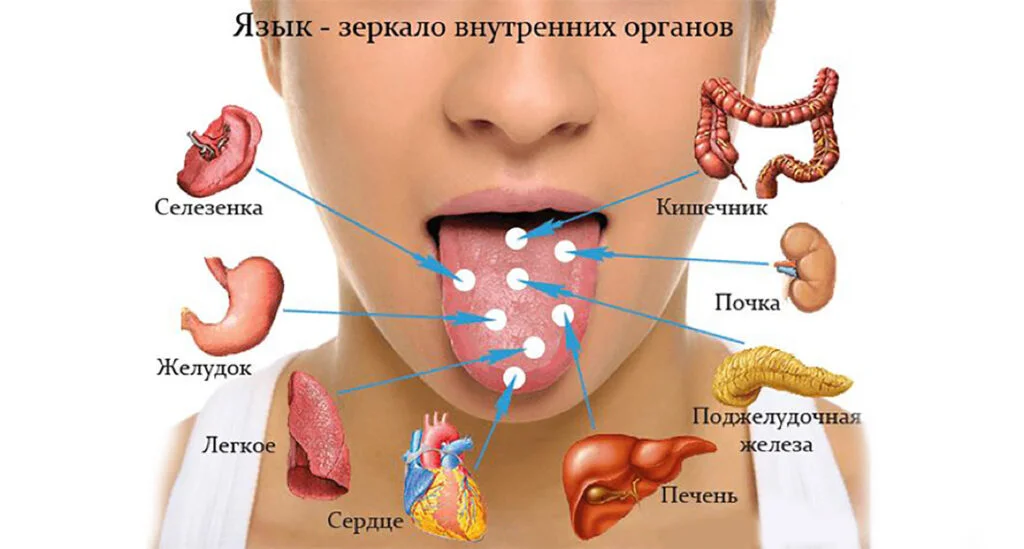
In general, in Ayurveda, there is a whole set of characteristics by which the appearance of the tongue determines the general state of health of a person. For example, the color and consistency of this plaque can tell us a lot of things. Yellow plaque indicates problems with the functioning of the digestive system, brown – respiratory (pneumonia), black – blood clotting, and thick white plaque signals a strong concentration of toxic substances in the body. The tongue itself is divided into certain zones that have a connection with internal organs and systems: the root of the tongue reflects the state of the intestines, the middle – the spleen, stomach and pancreas, the tip – the lungs and heart, and the sides – the state of the liver and kidneys. Accordingly, discoloration or hypersensitivity of certain parts of the tongue may indicate a disorder in the organs associated with that part.
So, paying attention to the appearance of the tongue you can yourself diagnose possible deviations in the functioning of your body, which have not yet manifested themselves in the form of pathogenic symptoms. This in turn will help you to contact a specialist in time, cutting off the possible development of the problem “at the root”.
Summarizing all of the above, we can conclude that regular cleaning of the tongue from the resulting plaque contributes:
- Improved oral health (removing harmful microflora protects teeth and gums from infection and disease);
- removal of bad breath (because decomposing food residues and microorganisms that produce this odor are removed);
- improve digestion (if the tongue is too thickly covered with plaque, it does not give timely signals to the production of digestive enzymes for normal digestion of food);
- improving sensitivity to tastes (taste buds are cleared);
- increase immunity (because unnecessary poisons are removed from the organism);
- improving the functioning of various organs of the body (due to involuntary massage of points that are associated with these organs).
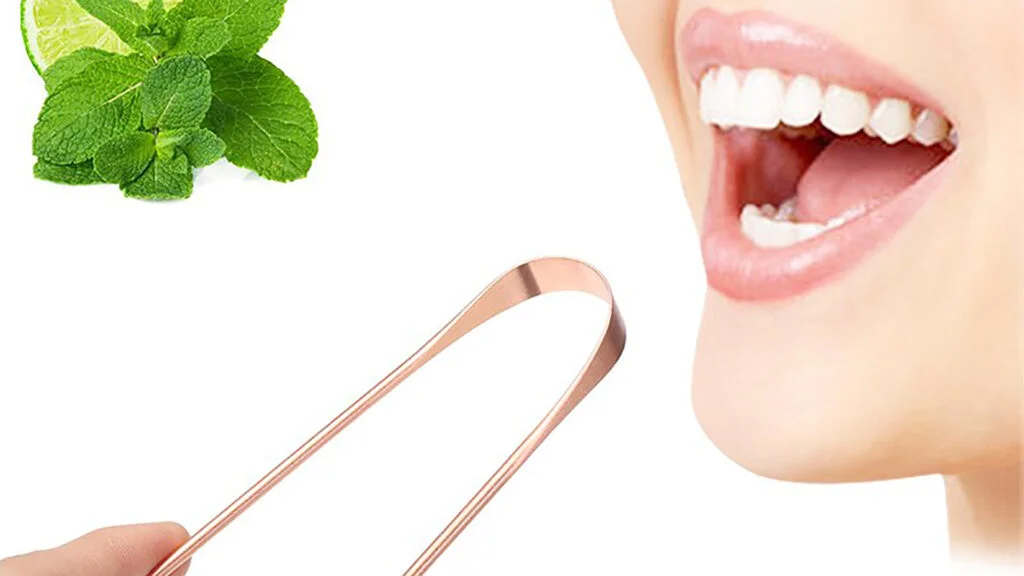
Despite the fact that modern toothbrushes often have some kind of tongue scraper on the back, I still recommend using a special device. In my opinion, among all the scrapers on the market, the one in the form of an arc is the most convenient and practical. The procedure of cleaning the tongue from plaque is very simple. To do this, you need to stretch the tongue outward to the full length and run the scraper several times from the root of the tip of the tongue, each time washing off the plaque under running water. You do not need to make any unnatural efforts. It is enough to simply remove most of the existing plaque by rinsing your mouth afterwards. That’s it, the new procedure of your morning and evening routine is done. In the morning it should be done immediately upon awakening, before you have time to swallow the plaque accumulated overnight. In the evening, right before you go to bed.


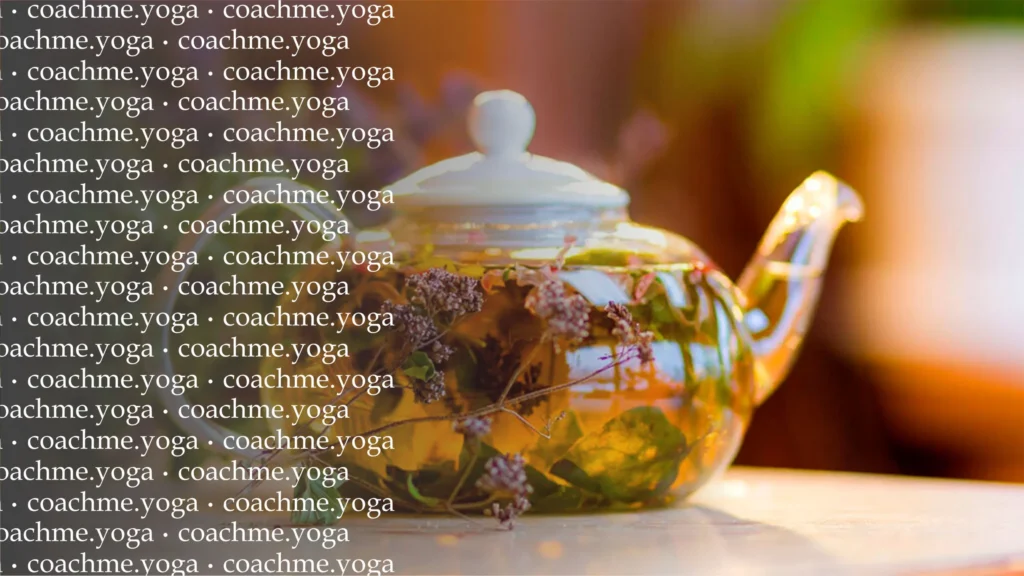



Responses